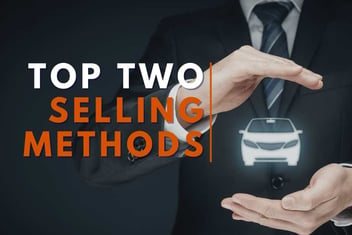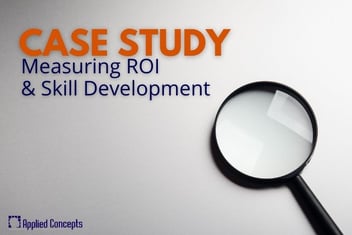Top 5 Tips: Modern Auto Retailing
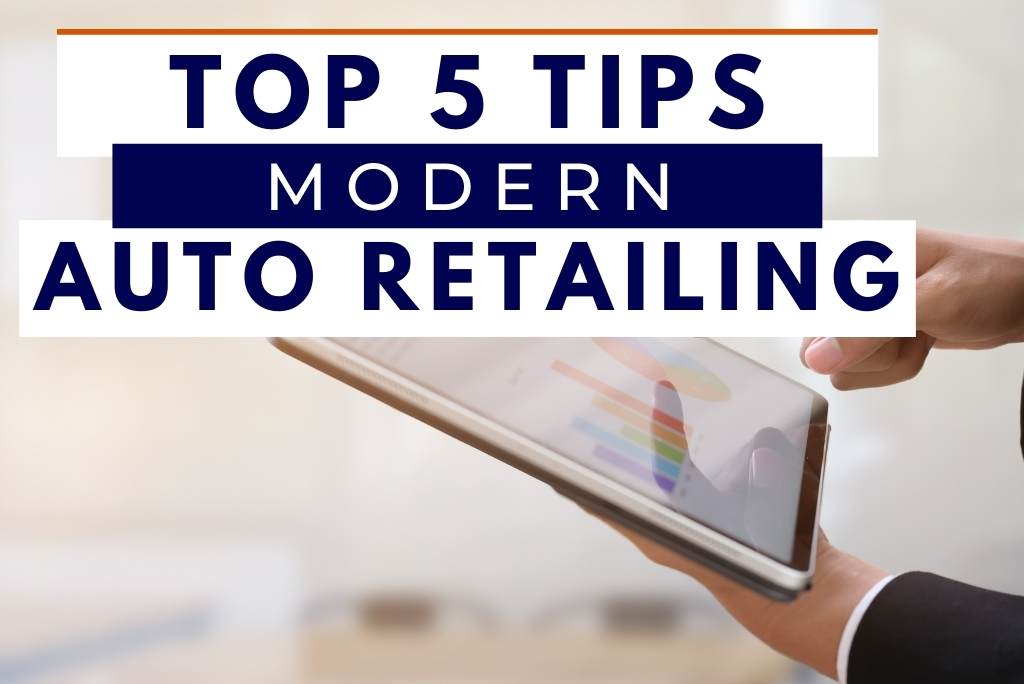

Modern auto retailing is inherently a multi-step process that requires 6+ interactions, including those that are purely digital, before a purchase is made. It's also inherently a multi-channel process that requires sales reps to effectively leverage each communication channel. When you couple that with price transparency and high competition, it's more important than ever to master the core concepts of selling cars in the modern age.
In this article, we will discuss our top 5 tips for modern auto retailing. Effective sales reps have mastered these concepts.
1 | See The Forest Through The Trees
Modern auto retailing is a fairly complex sales process that requires you to properly handle each interaction effectively and be able to see the forest through the trees.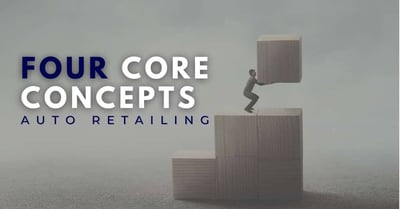
What do we mean by that? Well, keep in mind that the ultimate goal is to make money for you and your store. It's not to set an appointment or to send a customer additional information; it's not to use a particular word track or employ a certain selling method. While these are all very important things, they are means to an end.
Don't just check the boxes for the sake of checking boxes if they don't get you closer to accomplishing your ultimate goal or creating a positive sales experience.
For example, imagine you're interacting with a customer over the phone who is still early on in their buying journey. Let's say they're still deciding whether they want to purchase an SUV or a sedan. Instead of asking how you can make the call a success, ask yourself: "How can I successfully use this call to advance the ball towards the goal?" and "How can I use this interaction to set up the next interaction or to build trust?"
2 | Risk & Reward of Texting
One of the big challenges faced by salespeople is getting on the radar of a prospect. But the biggest challenge is how to stay on their radar. Effective use of text messaging can significantly help you overcome this challenge. In an age when the average person checks their phones 90 or more times per day, text messages have a nearly 100% open rate and usually, they're opened immediately. 
Thanks to this high engagement rate, studies show that effective use of text messaging can double your close rate. However, there is a caveat: these same studies show that if you're not both thoughtful and responsible with your text messaging, there can be major consequences.
This is because texting is the most private and intimate form of communication. Texts go directly to your phone and you're likely to see the delivery and the message, within a few minutes of receiving it, whether you want to or not.
The ability to avoid the constraints of emails (which need to be logged into), phone calls (which need to be answered), voicemails (which need to be checked), and online chats (which are prospect-initiated) is the reason that people are so protective of their text inbox.
Rule of Thumb: Only send text messages to customers with whom you have already communicated with.
3 | Increase Email Open & Response Rates
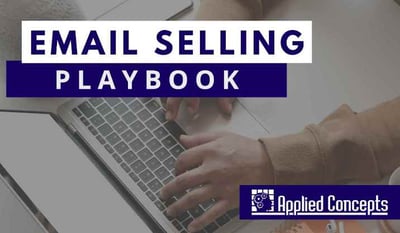 Think about how many emails you send per day...per month...per year. Email is one of the most common communication channels in auto sales. If you're sending thousands of emails each year, think about the impact of increasing your response rate by even just 1%. That would equal dozens of additional responses per year, any of which could result in sales. If you can expand that across your entire sales force, you could potentially get hundreds of additional opens.
Think about how many emails you send per day...per month...per year. Email is one of the most common communication channels in auto sales. If you're sending thousands of emails each year, think about the impact of increasing your response rate by even just 1%. That would equal dozens of additional responses per year, any of which could result in sales. If you can expand that across your entire sales force, you could potentially get hundreds of additional opens.
So how do we accomplish this? There are two factors:
Open Rate
First, you need people to actually open your emails. Admittedly, a lot of this is out of your control since some people won't be interested and others don't check their emails very often. However, there is one thing that you can control, and that is your email subject line. We talk about what makes a great subject line in our Email Selling Playbook.
Response Rate
Next, once someone opens your email, you then need people to click on the link you sent, respond to your question, look at your picture, or otherwise take some form of action. You can do this by ensuring that you have an effective and appropriate call-to-action. We outline how to drive up your response rate in our Email Selling Playbook.
4 | Understand Buying Journeys
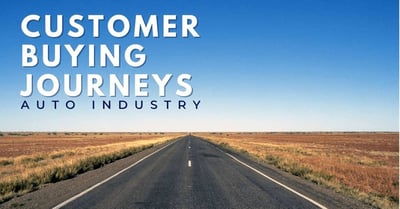
When interacting with a customer, it's important to understand where they are in their buying journey. Every customer is on a unique journey so there is no one-size-fits-all approach. This also means that each customer will advance through their journey at a different rate. Sometimes it takes weeks. Other times it can take only a few hours.
Either way, understanding where your customers are in their buying journey is one of the key to seeing the forest through the trees and ensuring that you tailor your sales process to their specific situation, thus increasing your chances of closing a deal.
There are four stages in the customer buying journey:
Awareness Stage
The customer has identified a need or a problem and has started to research solutions.
Consideration Stage
The customer has narrowed down their options and is looking to make a final decision on what to buy and from whom.
Purchase Stage
The decision has been made and the customer is now determining how to complete the purchase (i.e., researching finance options, incentives, etc.)
Post-Purchase Stage
After the customer completes their purchase, and the salesperson reaches out for referrals and to make sure the customer is satisfied.
5 | Overcome Key Challenges
We do a lot of mystery shopping here at Applied Concepts, and there are several areas of opportunity we see time and time again:
Answer Direct Questions
Not answering a customer's question detracts from providing a customer-centric experience and erodes customer confidence that you are acting as a trusted advisor.
Use Appropriate Calls-to-Action
Don't repeat the same calls-to-action over and over again. If a call-to-action was not successful in your first email, then there's a good chance it won't be successful in your second email. Remember, each customer is on a unique buying journey and has a unique buying persona. Therefore, your calls-to-action should be informed by those factors (among others).
Avoid Repeating Questions
After each action, make sure you're taking accurate notes about the customer, their unique situation, and your situation. When you go into your next interaction with the customer, make sure you have read your previous notes. Each interaction should thoughtfully build upon the previous one so the customer views those interactions as a series of seamless conversations.
How Can We Help?
We dive into these modern auto retailing topics (and more) in our training. Not only are there hours of tailored video content, but there are also dozens and dozens of one-on-one roleplay to help put these best practices into effect. Learn more HERE or connect with us HERE for a free assessment.


